Design Update #1
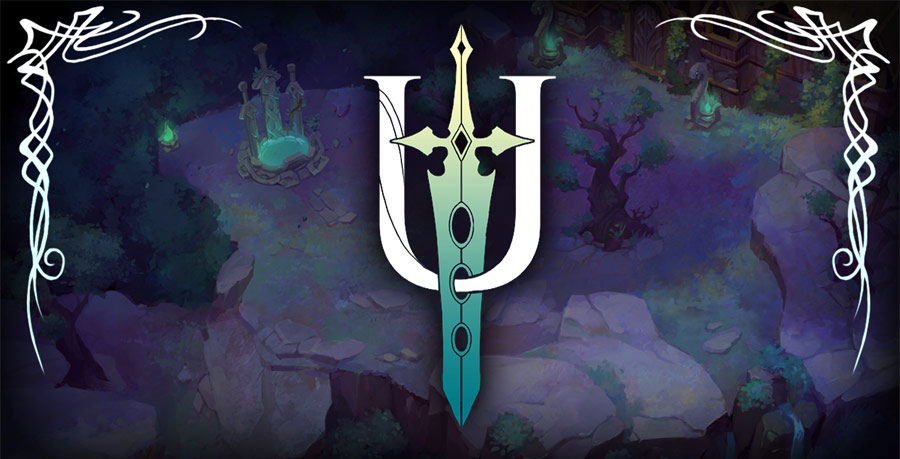
Dear backers,
Today I would like to talk a bit about design.
Before I jump in, if you're interested in Unsung Story's narrative, you can read the other half of this update on our Little Orbit Story forum. We would have posted everything to Kickstarter, but some backers expressed concern over spoiling the narrative, so those updates will be on our site from here on out.
I mentioned in an earlier update that we have gone back to the roots of this project, untangling what was original to Matsuno’s design, identifying what was introduced by Playdek, and isolating what was useful (or not) from both. I am going to walk you through that process so that you can have a better idea of where we are right now and how we plan to move forward regarding game mechanics and progression.
Inherited Design
I don’t feel comfortable sharing the actual initial design without Matsuno’s permission, but I think it is important to understand the main focus, because that has formed an important starting point for us. The key note is that his first design was for a mobile game. So many of his decisions were based on simplicity to match that platform. It wasn’t until the Kickstarter that Playdek massively increased the scope of the game to the spiritual successor of Final Fantasy Tactics. At that point, we see lots of changes that attempt to retrofit the original ideas into a larger framework.
Here is an overview of Matusno’s original design goals:
- A traditional epic fantasy theme
- Original notes talk about a war with an invading “demonic” force
- The story is focused through Story Characters and Chapters
- The player controls “Unsung Heroes” who are the true heroes but lost to history
- Instead of using a main map or any concept of linear time, the player chooses to play key battles during the war that they could replay at any time
- Unsung units have classes like Knight, Archer, Priest, Wizard, and Pioneer
- More classes for the Unsung units unlock based on leveling up that give new abilities and slightly modify power or speed
- Players can switch classes from the base class to new classes as they unlock
- Use group-based skill points to level up or improve skills
- Height and incline affect movement speed and attack
- No complicated stats
We agreed internally that we needed to focus on a couple goals to help focus Unsung Story:
- Preserve most of Matsuno’s original design and narrative
- Combine those ideas with the scope of what backer’s paid for in Kickstarter
- Combine those ideas with the extra features added by Playdek if possible
With this base, we spent some time analyzing how to meet these goals.
Here are some of our initial observations:
1. PLAYDEK’S WORLD LACKS MANY OF MATSUNO’S IDEAS
Although there is mention of dragons, giants, and “monsters” in Matsuno’s world design notes, there is very little mention of these elements in Playdek’s design. It appears they wanted a more historical or less fantastic world. This seems like a lost opportunity.
2. PLAYDEK’S LINEAGE, CLASS, AND PROFESSION SYSTEM IS OVERLY COMPLEX
We have spent quite a bit of time deciphering Playdek’s ideas about how classes can specialize or change during the game. There is very little if any actual design around classes, abilities, or progression. Personally, I find that if you need this kind of diagram below to explain things, you're probably not doing something right.

3. MAGIC IS NOT DESIGNED
References to magic across the various docs are contradictory and incomplete.
Matsuno’s narrative and high-level design mention basic spells and classes, but it appears the work was never completed, because he used placeholder names, and there is no explanation of actual spell mechanics.
Playdek’s proposed magic system is unbelievably complex and deep, which is completely at odds with Matsuno’s high-level design goals.
Example:
Playdek has a completed spell design for the Priest class, which is 1 of 30 proposed classes. This design proposes 48 spells across 6 levels for the Priest class. We compared this with the White Mage from Final Fantasy Tactics who gets 9 unique spells with several upgrades for a total of 16 spells. No other work beyond the Priest was ever completed, and none of the spells were ever incorporated into the narrative of the game.
Unsung Story’s magic system will need a full, new design to meet Matsuno’s goals, but it also needs to differentiate itself enough that it doesn’t come across as a copy of Final Fantasy Tactics.
4. PROBLEMATIC PROGRESSION FOR UNITS
In Final Fantasy Tactics the player gets to keep their units through the entire game so they can level them up to meet them to their specific needs.
We love the idea of Story Characters and switching perspectives every Chapter, but this creates a significant gameplay problem preventing the player from keeping the same units between Chapters. Since the Chapters are told out of order and follow different story characters on both sides of the conflict, it appears that the player must “start over” with an entirely new group of units at the start of every chapter or battle.
Example:
In Chapter 1, a player will collect 6-7 characters that are at his disposal for battles. They all gain experience. When Chapter 2 starts, there is a time gap and the player might switch “sides” to fight beside a new Story Character. We can’t really see a way to satisfactorily fix the progression problem, which we feel will be a frustrating experience for players.
Design Changes
Given this starting point, we felt some changes needed to be made. Here are the following systems changes proposed for classes and magic.
1. DEFINE THE MAGIC SYSTEM BETTER
I teased this in an earlier update, but buried in a World Overview design document there is a short description of how spells are cast. According to this section spells are more than just words, regents, or movement. A caster must “use a special intonation” to harness true magic by moving tone up and down through energy points in the body like octaves on a musical scale.
Simply put: Spells are sung rather than spoken.
That’s a good start. Songs shape the affect of the spells. But where does the power come from?
To answer that question, we found references in other design documents to “Schools”. I’m not sure if they ever shared these with backers, but they divided classes up amongst 5 Schools: War, Nature, Divine, Man, and Arcane
The lines were pretty blurry on what these schools taught or what the differences were, so we streamlined them down to 1 External force and 4 Schools that focus on different forms of power.
In our world, we started with Chaos. It’s an external force the strives to constantly reshape reality and wreak havoc. It’s the RNG of the universe. From our perspective, the earliest citizens brought Order to Chaos by harnessing the following 4 powers through spells and sound.
- Nature – The energy from the Heart. Life/death, earth, seasons, Mother Nature and all its creatures.
- Divine – The energy from the Soul. Cosmic/celestial forces, but with no differentiation of “good” and “evil”.
- Mana – The energy of the Body. Essence of self, vitality, yin-yang. Technology – The energy from the Mind.
- Technology/science, mathematics, engineering, logic.
So putting that all together, Unsung Story takes place in a world that can be reshaped with magic. That’s a powerful statement that implies all sorts of things, and one that we've fully incorporated into the story.
2. SIMPLIFY THE CLASSES
Playdek announced 5 Class Types: Attackers, Defenders, Mage, Healer, and Tamer. This was an extension of what we found in Matsuno’s design where he focused on 3 roles: Attackers, Defenders, and Support.
We like his simpler approach, so we’re moving forward with that. Think of these as classic roles within a party (Damage, Tank, Buff). Each class will be a variation on one of these 3 roles.
Unsung Story will have a total of 24 unique classes. Some of those classes will be available for units at the beginning of the game and the others will unlock as the player levels up units during the game.
Classes will be distributed evenly between the 4 Magical Schools. Each school will have 6 classes total, which means we can create a couple variations of each role for diversity.
Looking back at our first art concept, you can now see how he fits into the game. We showed a “Divine Defender” which is our version of Matsuno’s Knight in his original design.
Hopefully you enjoyed this first look at the design process. Please make sure to let us know what you think in the comment section. We kept story developments out of this post, but if you want to see these system changes in context by looking at how Unsung Story’s narrative will evolve, you can read more on our forums.
Thank you for your continued patience and support.
Sincerely,
Matthew Scott
LATEST NEWS POSTS

Steam page, new Early Access trailer, and PC Steam keys!
Dec 14, 2020 | PC

Chapter 1 Alpha Available Now
Sep 18, 2020 | PC
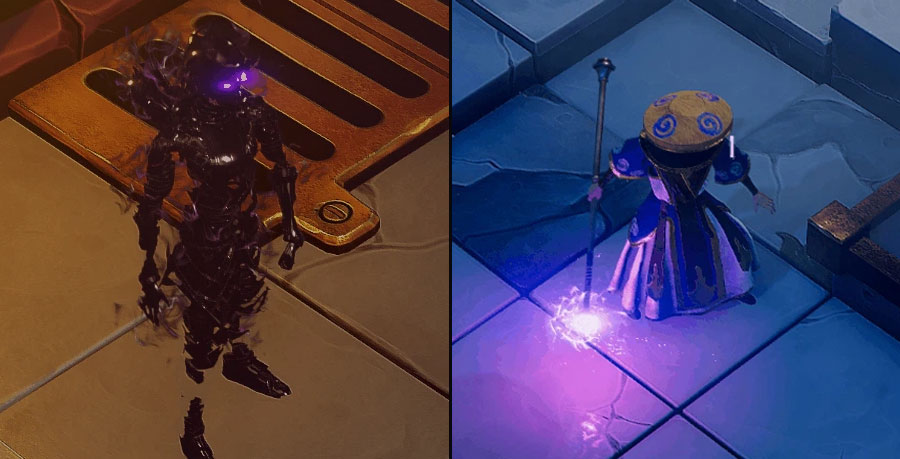
September 2020 Update - Chapter 1 Alpha roll out
Sep 1, 2020 | PC
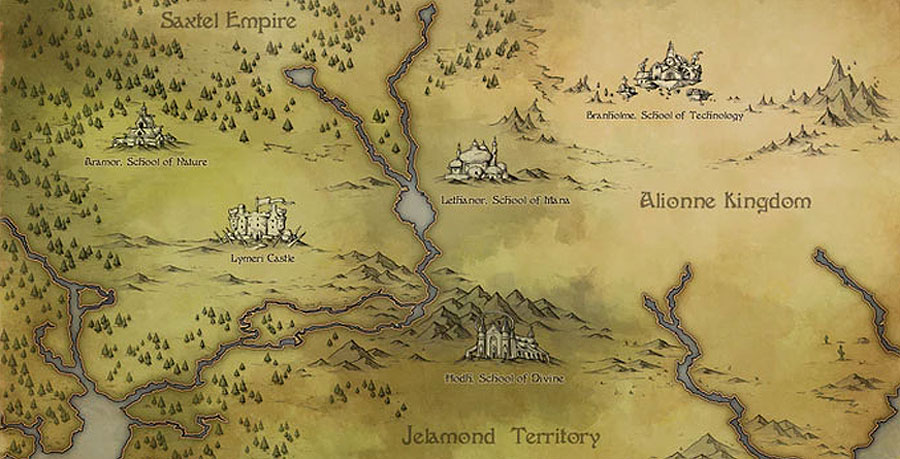
August 2020 Update
Aug 1, 2020 | PC
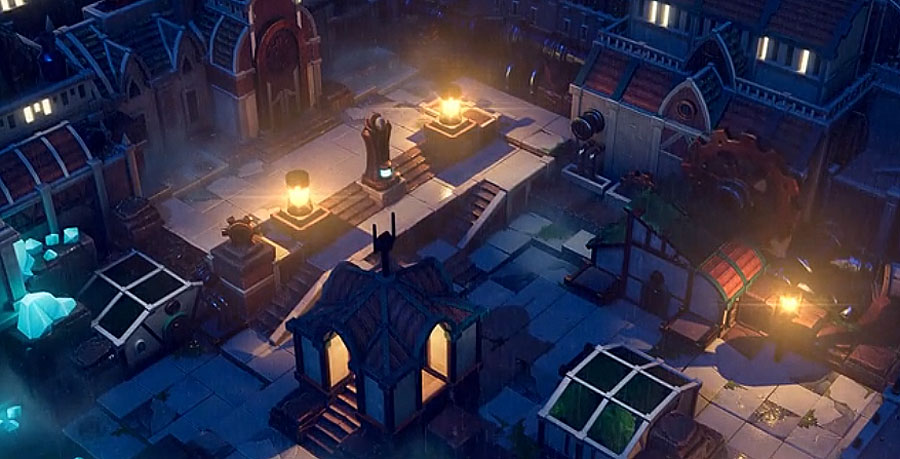
July 2020 Update
Jul 1, 2020 | PC

June 2020 Update
Jun 1, 2020 | PC

First Playable Livestream on June 1st
May 15, 2020 | PC

May 2020 Update
May 1, 2020 | PC
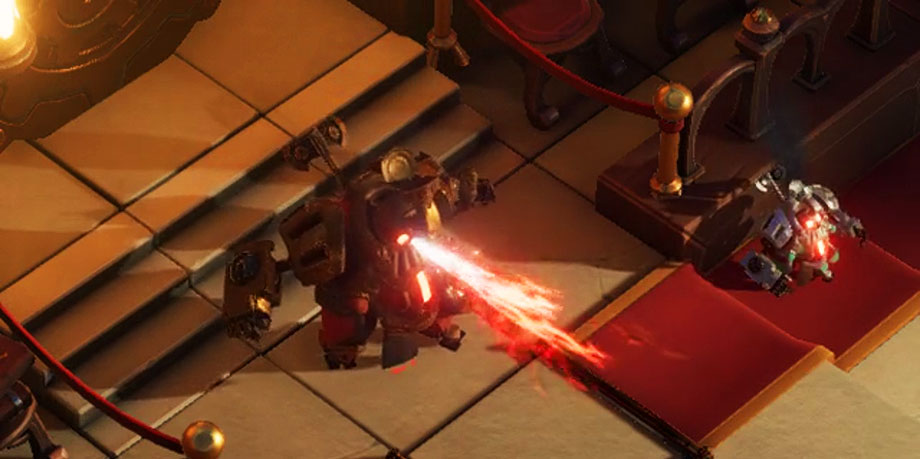
April 2020 Update
Apr 1, 2020 | PC

March 2020 Update
Mar 1, 2020 | PC

